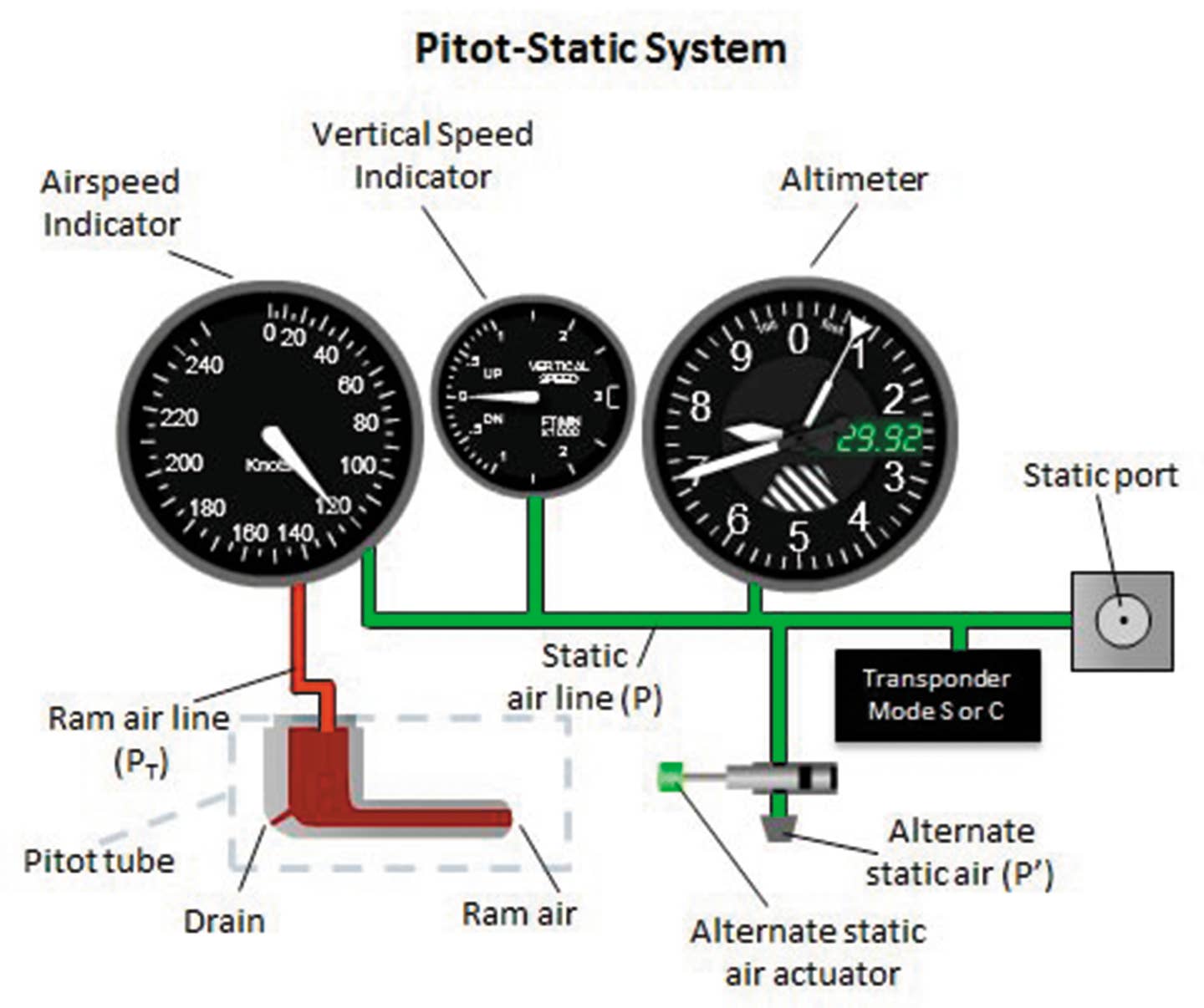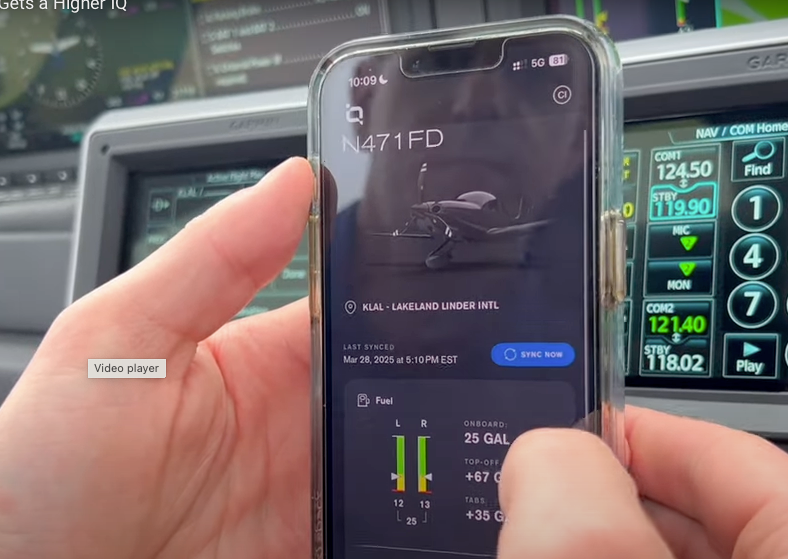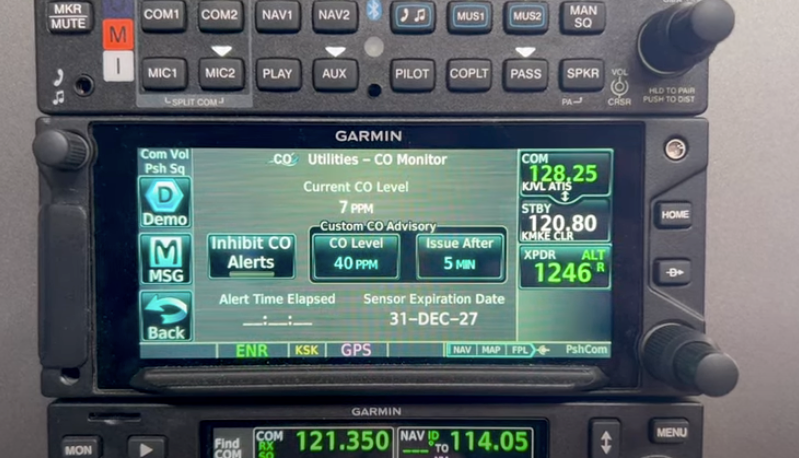Pitot–Static System Failure
From our earliest days as student pilots, the instructor probably explained how pitot-static instruments work as well as the “plumbing.” During my private checkride the examiner asked me to diagram…

Being able to diagram the pitot-static system helps relationship and functional awareness recall.
From our earliest days as student pilots, the instructor probably explained how pitot-static instruments work as well as the “plumbing.” During my private checkride the examiner asked me to diagram the system and explain its operation.
A Quick Review
The pitot tube is only connected to the airspeed indicator, allowing ram air from the slipstream to create dynamic pressure. Some pitot tubes have a drain for water at the rear where the tube bends. The airspeed indicator (ASI) measures the difference in pressure (delta-P) between the dynamic and static pressures and presents that difference in knots (or MPH in older airplanes).
The static line is connected to all three instruments: airspeed, vertical speed indicator (VSI) and altimeter. Since the static line is vented to the outside of the airplane, it provides atmospheric air pressure to the instruments. Some airplanes have one static source or port, others have two. With two ports, they are mounted typically on different sides of the fuselage to minimize static pressure differences when the airplane is slipping or skidding.
Additionally, in the off chance that the static ports are blocked, an alternate static source valve provides static pressure taken from inside the cabin—assuming an unpressurized airplane. If pressurized, the alternate static source is in an unpressurized part of the fuselage. The alternate static source should not be confused with an alternate air source for the engine.
During level flight at constant airspeed, no air moves in or out of the pitot tube or static line. Only with a change of airspeed or altitude will air move into or out of them due to the change in pressure.
Failure Modes
The table below summarizes failure modes and effects resulting from blocking of the pitot tube and static line. Of course, there are other failure modes associated with the instruments themselves, but that is outside the scope of this article.
Preflight of Pitot-Static System
Besides removing the pitot cover, there is little that we can do to preflight the pitot-static system. Of course, we can visually check if the static ports and pitot tube openings “appear” to be clear since we cannot see beyond the openings. I’ve been told more than once that we can check the operation by having another person observe the instruments as we blow into the pitot tube and create a vacuum at the static port. This is definitely not a wise choice as it might damage the instruments because the pressure changes might be too strong and abrupt for the instruments to take kindly, especially with pilot-trumpet players.
Another check is to see if the pitot heat is working. Turn it on and immediately touch it to feel if is it warming up. Typically, it gets hot quickly so be careful you don’t get burned. Needless to say, don’t turn the pitot heat on with a pitot cover in place.
Preventive Measures
Install a pitot cover every time the airplane is tied down, even when stored in a hangar—insects are still there. For the static port, not much can be done unless we plan to store the airplane for an extended period—taping the static ports is an option. When washing or waxing an airplane, the static ports should be taped but remember to remove the tapes before flight.
I inadvertently left the static ports blocked with clear tape after a wash. During takeoff, everything was “looking good.” Good airspeed indication, and right after rotation I realized my mistake—the altimeter didn’t move and the VSI indicated zero vertical movement. I knew immediately what the problem was, opened the alternate static air source and came back for a landing to remove the tapes.
There are several teaching points here. Blocked static ports will not manifest a problem until initial climb; fortunately, most IFR airplanes have an alternate static air source. A blocked pitot tube may be noted during the takeoff roll—that’s why it’s standard practice to call out “airspeed alive.” If flying with a glass panel, it’s also a good idea to do a quick cross-check for consistency between the “tape AS indicator” and the backup AS indicator. However, even if the airplane has two AS indicators, most likely they are sharing the same pitot tube in light GA airplanes. The best option is to abort the takeoff and troubleshoot back at the FBO. While all pilots flying a light GA airplane should be able to fly without an airspeed indication, it’s not a wise to continue a takeoff into IMC with no AS indication.
Another failure mode is a leaking or disconnected static line. We cannot preflight that but there is a simple way to check for a leaking static line. During flight, straight and level, turn off the ALT hold mode of the autopilot (if engaged) and open the alternate static air source.
Since the pressure inside a non-pressurized cabin is lower compared to the external pressure, the AS should jump about five knots, the altitude should increase by about 50 feet and the VSI will show a momentary climb, then settle back to zero FPM. If nothing happens, then the static line was already vented to the inside of the airplane by the leak. Time to get the static line checked.
When flying in visible moisture, and of course in icing, it’s standard practice to turn on the pitot heat.
Besides the biennial pitot-static check for IFR (FAR 91.411), usually the static line doesn’t present many issues other than blocking. Of course, the instruments, especially the altimeter, are subject to failures. In glass cockpits, we also have failure modes associated with air data computers. If fellow subscribers have experienced other failure modes, please let us know.
Infamous Accidents
Numerous accidents have been caused by the failure of the pitot-static system, but two are prominent because they occurred in the same year (1996) and with the same type aircraft (the Boeing 757). Also note that each happened on a dark night over open sea—providing no surface lighting during the departure sequence—and with no survivors.
In each situation, the flight crew was well experienced, with the captains having over 20,000 hours. Both flight crews reported erroneous indications of the altimeter and airspeed indicators while trying to maintain control.
In the first instance, the static port had been taped over during maintenance while the airplane was being washed. As duct tape was used (as opposed to a more observable brightly colored tape) its removal was missed during the preflight.
In the second accident, the captain noticed the airspeed indicator was not working properly but decided to continue the takeoff. As with the other 757, this one had just come out of maintenance where it has been for 20 days. Its pitot tube covers had been removed two days prior to the flight and the system apparently had been blocked by nests of the black & yellow dauber wasps. During the climb, this resulted in high erroneous airspeed indications, which not only caused confusion with the crew but more importantly provided misleading information to the autopilot. The autopilot reacted by increasing pitch attitude resulting in a stall, flame out of an engine and spin.
Luca Bencini-Tibo, ATP/CFII, is a FAASTeam Lead Rep, aircraft owner and a graduate of MIT.
This article originally appeared in the March 2019 issue of IFR Refresher magazine.
For more great content like this, subscribe to IFR Refresher!






